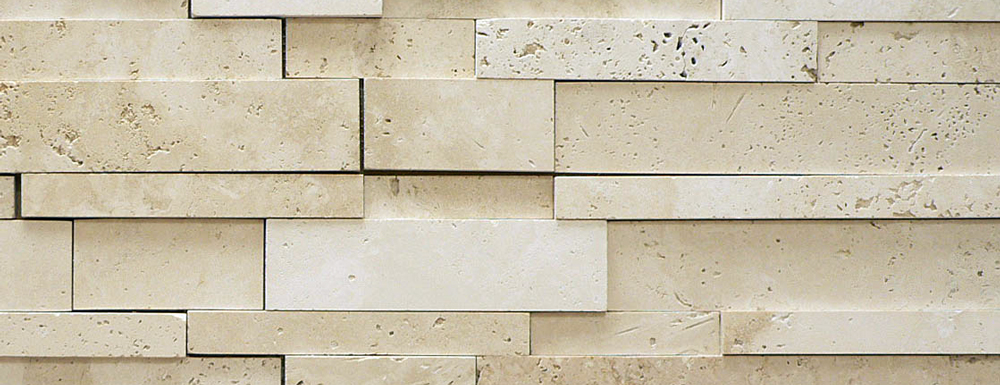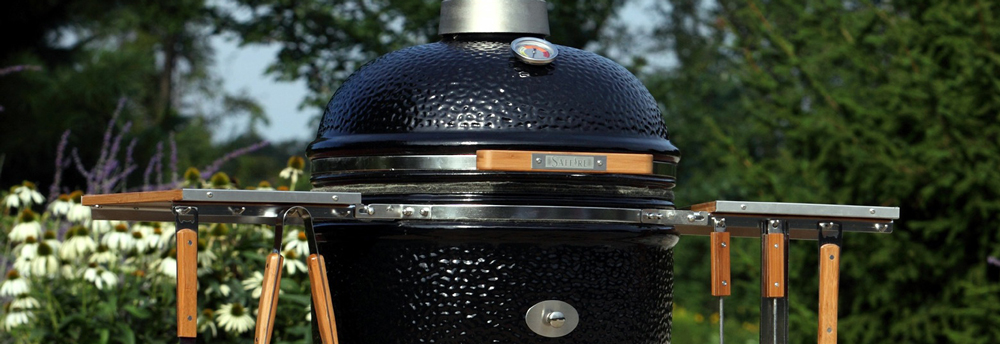Which Renovation is the Best Investment?

Which Renovation is the Best Investment?
The return on investment (ROI) into home renovations is dependent upon many different factors including the value of your house, the average home’s value in your neighborhood, and the region in which you live. Spend your money wisely, as basic refinements (painting, refinishing surfaces, and upgrading appliances) will typically offer a greater ROI than fully redesigning your living-space.
If you’re preparing to sell your home ASAP and you would like to maximize your ROI, focus on what potential buyers will see first: curb appeal. Replace windows, siding, install a steel front-door, and the home will immediately look exponentially better. It will sell much faster and for a higher price.
A paver patio also greatly enhances curb appeal and can bring in about an 80% ROI, meaning you can make most of your money back after enjoying the outdoor living-space for several years. Even in the back yard, paver patios and decks can offer up to 80% ROI in the Midwest. Though this space is not included in the square footage listing, most people consider it additional living space.
The level of maintenance your renovations require often reflects the ROI it will offer. Pools tend to provide an extremely low ROI because most buyers aren’t willing to pay extra for what they view as a maintenance-bother. Home offices are another renovation that typically offers a low return because people generally aren’t willing to pay more for a room for working at home. If you do convert an entire room into a home office, use removable furnishings as opposed to those that are built-in.
Next, you may want to focus on rooms that tend to be most important to buyers: kitchens and bathrooms. Be careful about updating either of these rooms too much. Even though they can have a significant impact on how fast a home will sell, the typical ROI is approximately 60% on average. Here, less is usually more.
Consider the cost of the average home in your neighborhood. Don’t invest much more into your home than the average home in your neighborhood is worth or you’ll be pricing yourself out of the local market. If your goal is to maximize your ROI, a good rule of thumb is to invest 20% of your home’s value in renovations. Don’t forget to leave room in your budget for the unexpected. After the renovations are complete, the home may be reassessed and the property tax can increase. Projects may take longer than expected, driving up labor costs.
While the potential ROI is always good to consider, it may not always be the most important quality when deciding on every renovation. The best renovation is one that will make you happy, especially if you’re planning on staying in the home for a long period of time.


